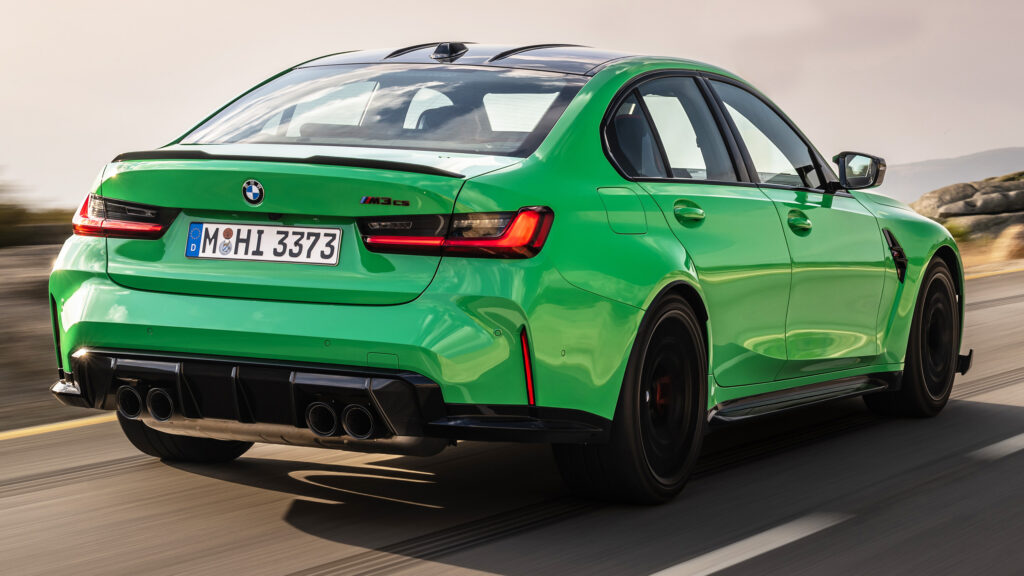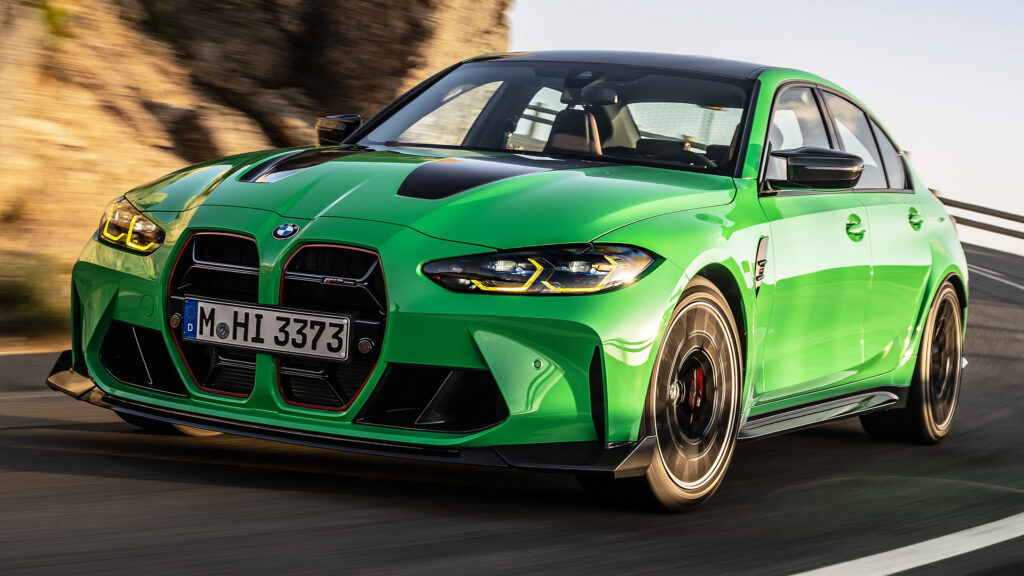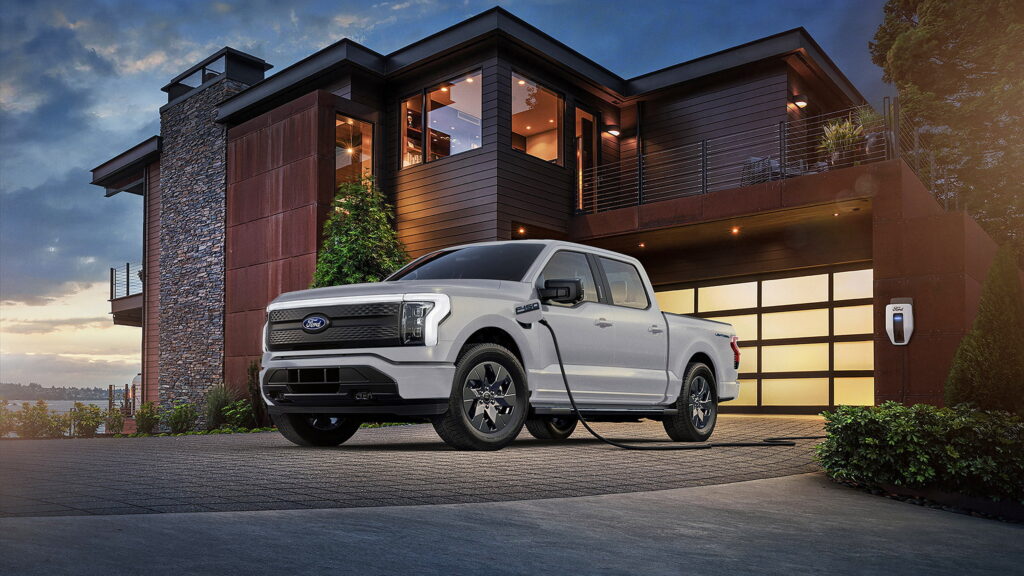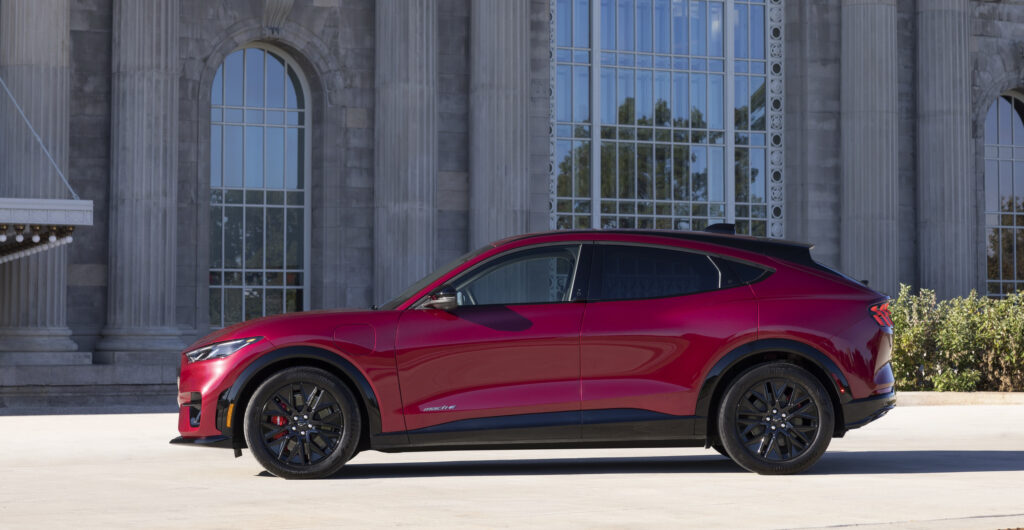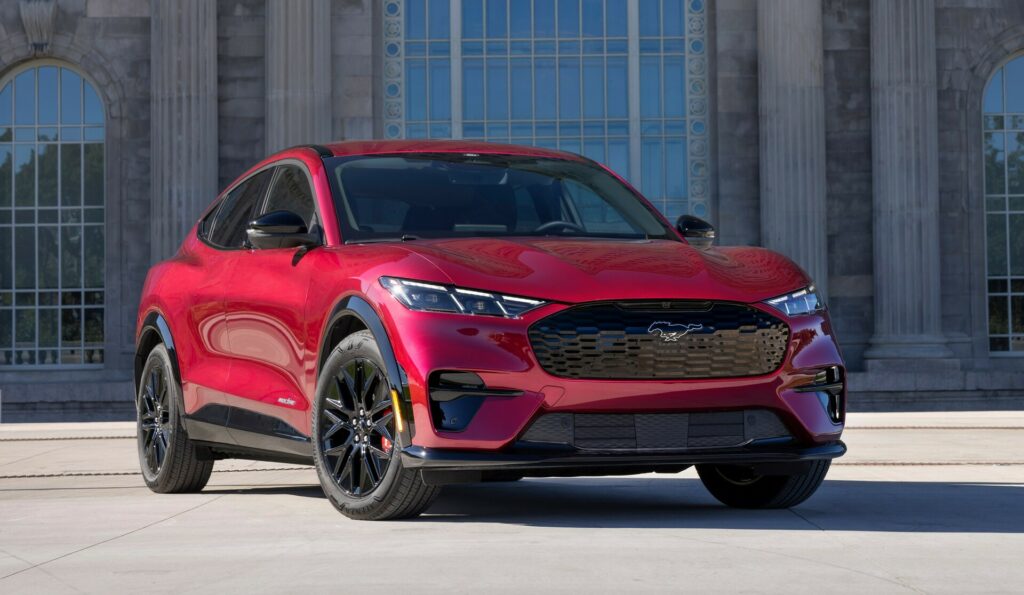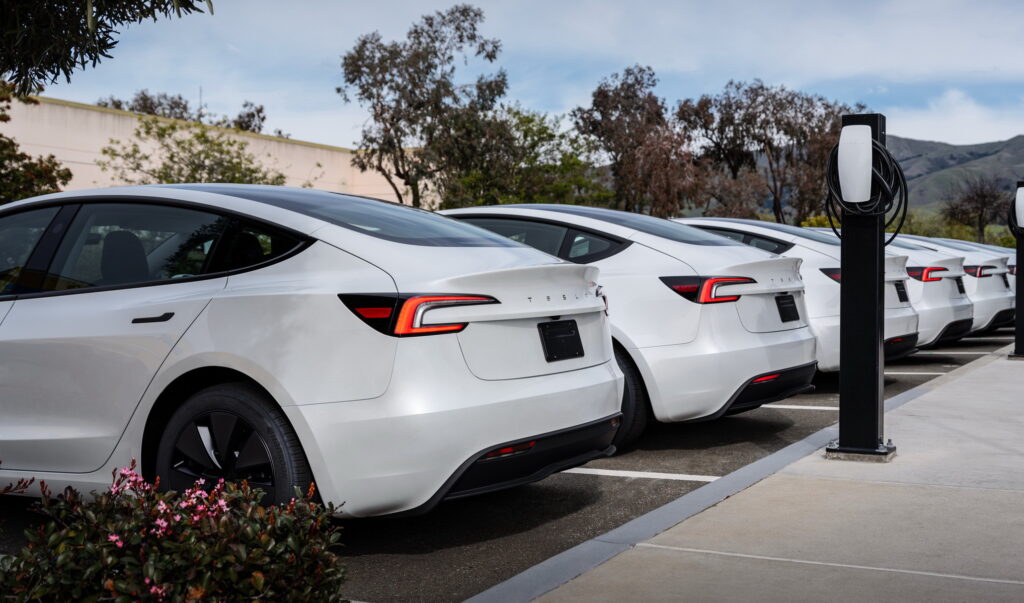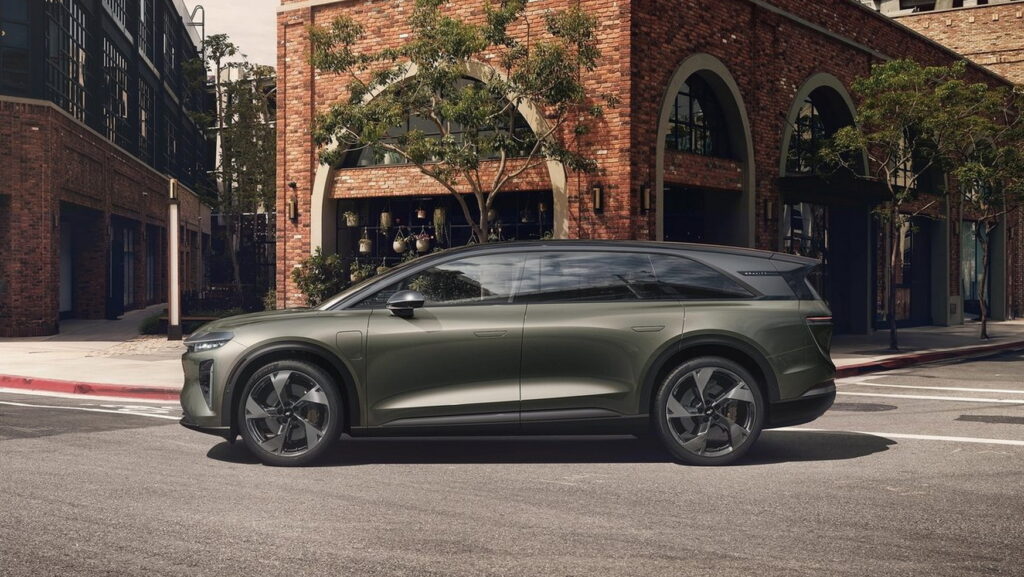Tesla’s Cybertruck Incentives Look Like Panic Sales Dressed Up As Deals
- Tesla is offering free transfers for its Full Self-Driving system for the Cybertruck.
- Several Tesla Cybertrucks are available with discounts of over $3,000.
- The electric pickup is also available with 0 percent APR financing.
Come September 30, not a single electric vehicle in the United States will qualify for a federal tax credit. As that deadline approaches, Tesla appears increasingly motivated to clear out as much inventory as possible.
The company has rolled out a number of incentives across its lineup, with a particular focus on the slow-selling Cybertruck. Even so, it’s unclear whether these perks will be enough to boost demand.
Review: GWM Ora GT Proves The Chinese Mean Business
There are dozens of Cybertrucks in Tesla’s current inventory, some of which are eligible for the federal EV tax credit, and some of which aren’t. Regardless, almost all of them are being sold with generous price cuts, with some valued at upwards of $3,000. Eligible vehicles can get the tax credit regardless of whether they purchase the electric pickup or lease it.
In case discounts and credits aren’t enough to convince people to get behind the wheel of a Cybertruck, there’s another incentive on offer. All Cybertrucks that are leased from Tesla’s current inventory now come standard with a 20-inch Cyber Wheel upgrade as standard, complete with all-terrain tires.
0 Percent Financing, With Conditions
In addition, the Cybertruck is available with 0 percent APR financing. However, this is only available for “well-qualified buyers with excellent credit” who order a new Cybertruck with Full-Self Driving and provide a minimum down payment of 4 percent on terms of up to 60 months.

Tesla has also started advertising several offers that apply across its range, including for the Cybertruck. For example, all military members, first responders, teachers, and students can receive a $1,000 discount for being ‘American Heroes,’ and every new Tesla includes a free one-month trial of Full Self-Driving.
Free FSD Transfers
Perhaps the most intriguing offer currently available is that Full Self-Driving can now be transferred to a new vehicle free of charge. Usually, FSD is locked to the vehicle, rather than the owners who have paid for it. During promotional periods like this, Tesla often offers free transfers of FSD for brief periods, but this appears to be the first time the Cybertruck has been included. While that’s a step in the right direction, Tesla should make FSD free to transfer for all owners, all the time.

